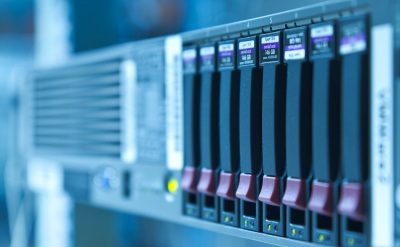Data storage in 2019 saw various problems surfacing, wherein each new development in technology demanded connectivity with a cloud storage unit without the latency that leads organizations to look for smaller storage units at a hands length. One of the solutions that businesses are exploring for data storage is blockchain, but it can store only small-sized data chunks in the chain. The obstacle with using blockchain as a storage solution for organizations is that it’s completely ineffective to store large amounts of data.
There are 2 primary reasons why a large chunk of data cannot be stored in the blockchain: one, it’s too expensive to operate large amounts of data on the chain, and second, limited scaling capabilities most of the blockchain need to address. Without any required scalability in technology in place will result in congestion by the large chunks of data, making the process slow and the transaction expensive. This all could soon become history.
With the release of the RIFT Protocol, businesses now can store string and large amounts of data. The unique two-layer architecture has the standard mineable blocks in the first layer, added with non-mineable mini-blocks on the second. Mini-blocks contain transactions; they are connected with references both to other mini-blocks and to parent standard blocks.
RIFT utilizes a complete advanced parallel sync process- that replaces the First In, First Out (FIFO) approach. Adding the latest block in a sequence would be synchronized with the blocks, regardless of the size. RIFT uses a unique structure and synchronization mechanism to not only boost network speed but enable the effective operation of big blocks and storage of any type of large files on ILCoin’s blockchain.
RIFT makes efficiency a standard not only for the mini-blocks but even for the blocks of large sizes. It’s one of the first technology that will assist in creating a decentralized storage solution, adding enough potential to serve millions of users all around the world. Enhanced security, complete network access, and high network speed are some of its most prominent advantages.














